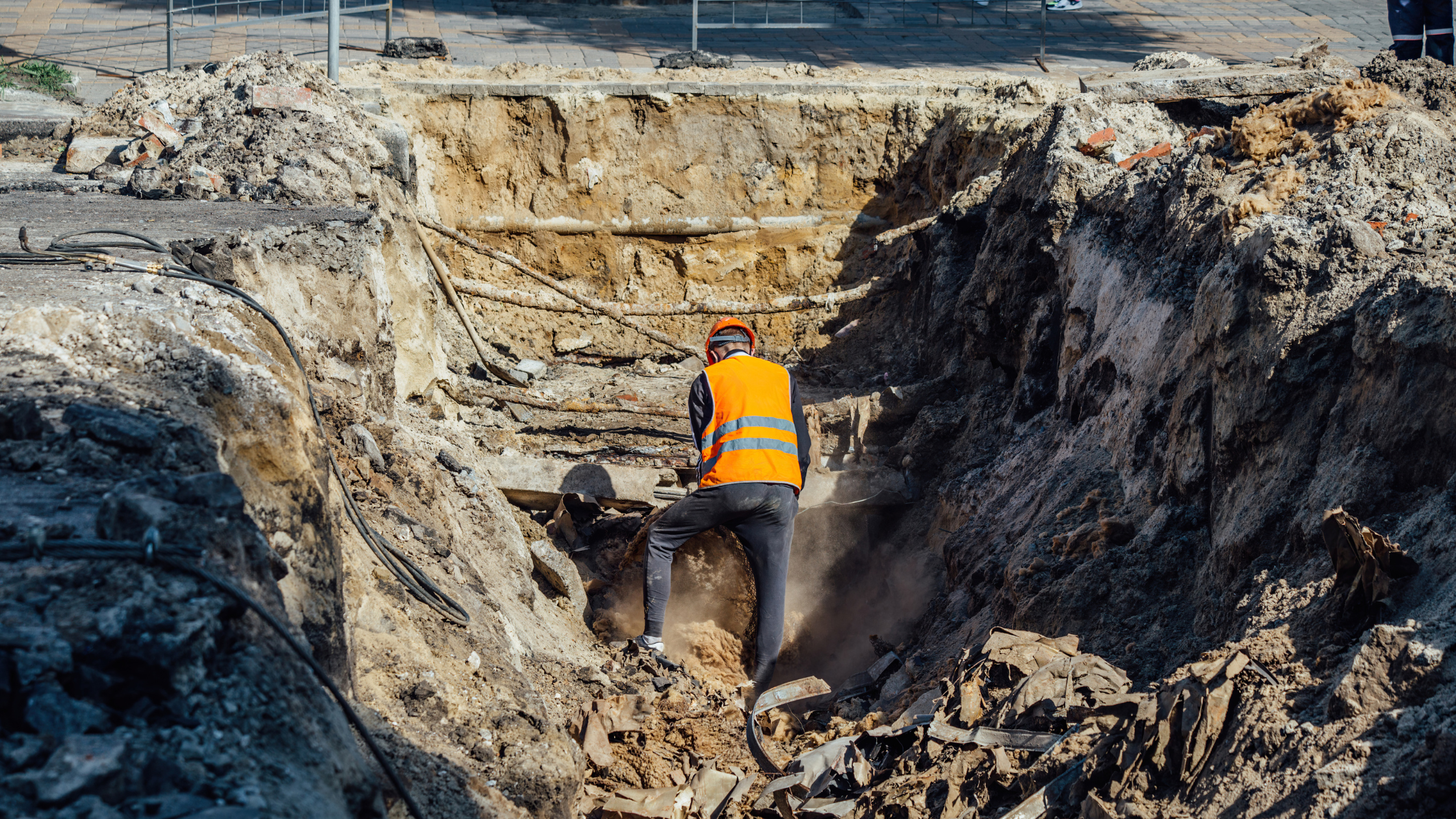Excavation safety is an important component of any workplace health and safety plan. Ensuring that any site where excavation work is being done ensures the risk of injury posed to both employees and the general public is mitigated as much as possible. Here’s what you should know about excavation safety.
What Does Excavation Safety Look Like?
Excavation safety, which is a standardized set of precautions that should be followed for all excavation and trenching activity, is designed to control risks and eliminate hazards associated with that activity. In practice, excavation safety can take the form of things such as warning signs, structural ramps, emergency equipment, high-visibility gear, environmental testing, and regular inspections.
What Are the Dangers Posed by Excavations?
Excavation work may not be inherently dangerous, but it certainly carries much more risk than many other types of work. This is why excavation safety is primarily concerned with preventing the specific dangers that excavation can lead to. These dangers are many, but include the following:
- Collapsing sides of excavated areas
- People being injured by materials falling on them
- People or vehicles falling into excavated pits
- The collapse of nearby structures into the excavation
- Injuries caused by damage sustained to underground services caused by excavation activity, including explosions, gas leaks, flooding, and electrocution
Example Excavation Safety Measures
There are many excavation safety measures that need to be followed by companies engaging in such activities. Here are some examples of these safety measures.
- Avoid collapses by battering or supporting the sides of an excavation
- Storing materials from an excavation at a safe distance prevents these materials from falling in and injuring people.
- Establish barriers around the excavation to prevent people from falling into excavated areas
- Keep vehicles out of excavation areas except where absolutely required; if using vehicles is unavoidable, use barriers and stop-blocks to reduce the risk of vehicles falling into excavations
- Make use of pipe, cable, and service plans to mark the routes of any underground services in an effort to avoid damaging them inadvertently
- Use hand tools instead of mechanical equipment in areas where underground services are present, also to prevent accidental damage
- Avoid using picks, forks, and other hand tools that represent a high danger of piercing pipes and cables
- Avoid flooding by using appropriate pumping equipment to remove any water seeping into the excavation
The Last Word on Excavation Safety
Trenching and excavating are often a requirement for many construction and maintenance tasks. Ensuring that proper precautions are taken to ensure this excavation is conducted safely and without incident is in everyone’s best interest, so always follow excavation safety standards whenever possible.
